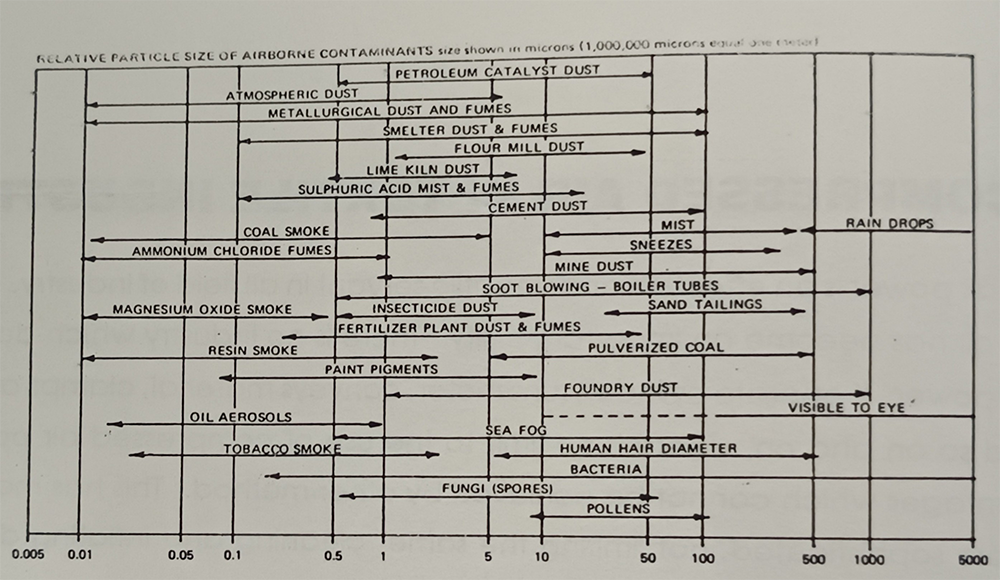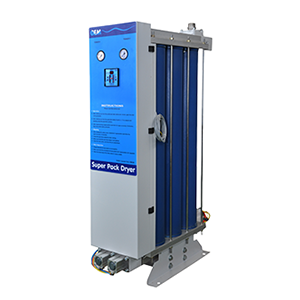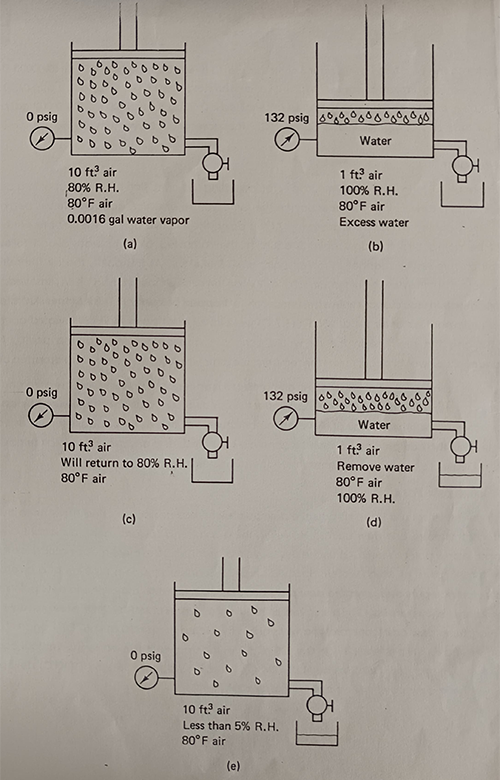Oil Aerosols
Theses droplets exist in the air stream in the particular size range from 0.01 micrometre up to 1.0 micrometer and ever larger but the most troublesome lie in the range quoted and over 90% of the oil particles present fall within this size range.
Because of their small particular size they are unaffected by the centrifugal action of most standard airline filters and can be only be removed by specially designed Ultra High Efficiency coalescing filters.
In addition to removing oil droplets, such filters have an equally high efficiency in removing minute water droplets but they should be protected against gross dirt or water contamination by means of standard air line filters mounted upstream.
It is advisable to ensure that these pre-filters, fitted in the line ahead of the Ultra High Efficiency Filter, are capable of removing dirt particles down to 5 micrometers or less as otherwise the coalescing filter may quickly become choked with dirt.
Coalescing filters must High Performance Efficiency Filters to accomplish their purpose and although standard filter tests exist, there is no accepted standard laid down to establish the efficiency of a coalescing filter in removing oil.
One can however predict the comparative efficiency of a coalescing filter in removing oil by assessing its performance under the test conditions laid down in the D.O.P. Test.
A coalescing filter showing a penetration of less than 0.001% when tested by any of these methods should provide compressed air in which the remaining oil contamination will be much less than 1mg/m³ (1 part in 1 million by weight).





